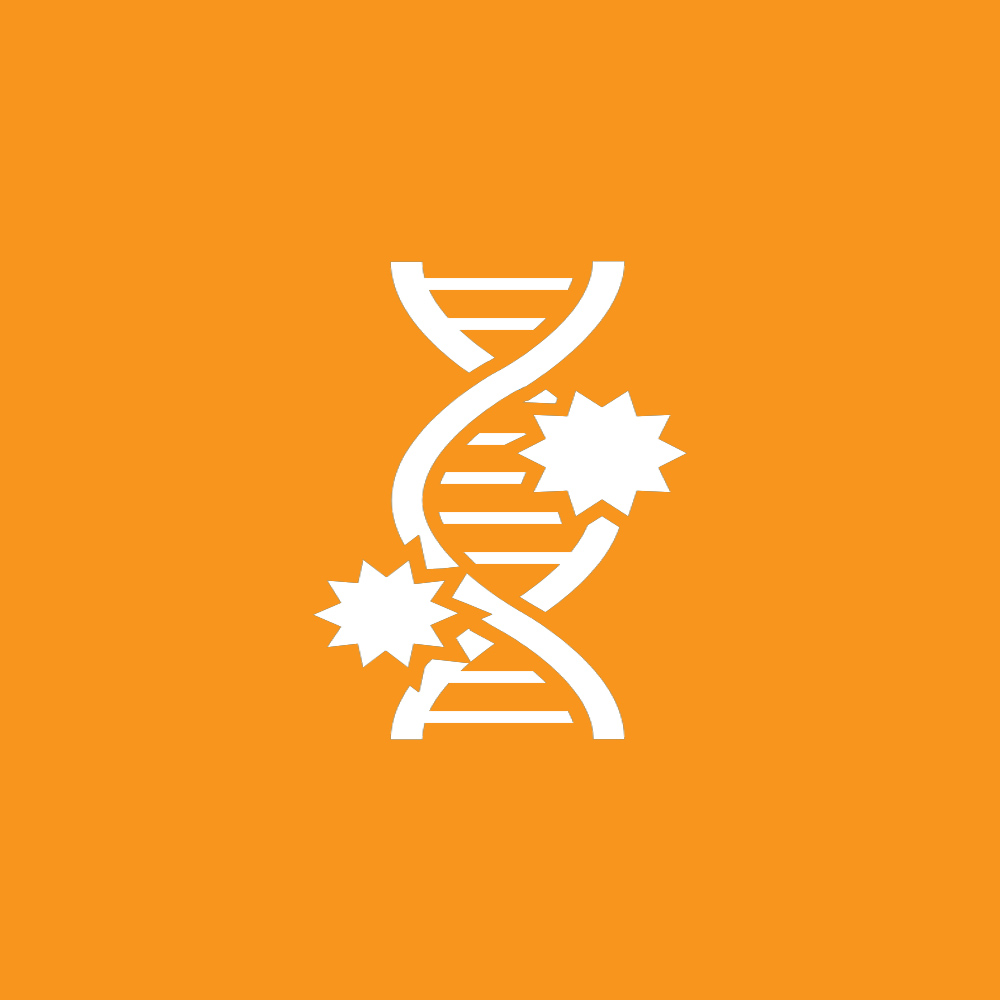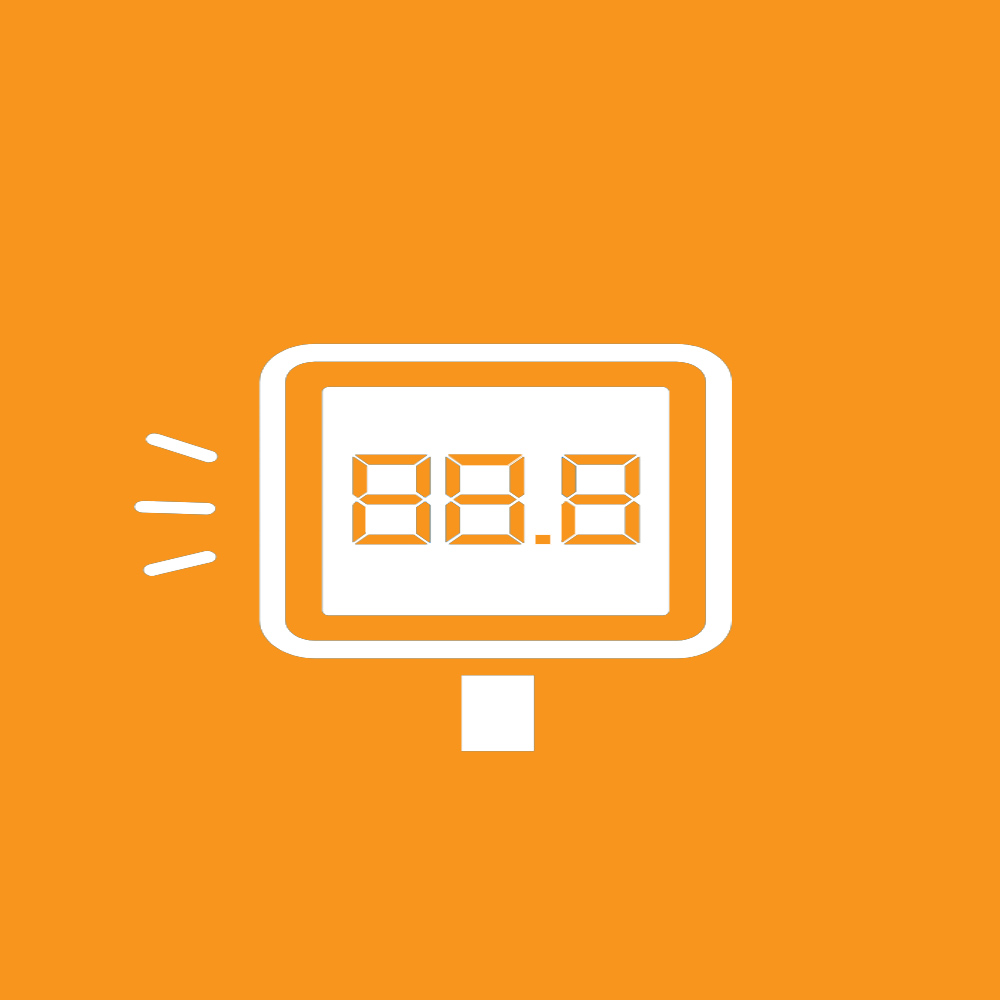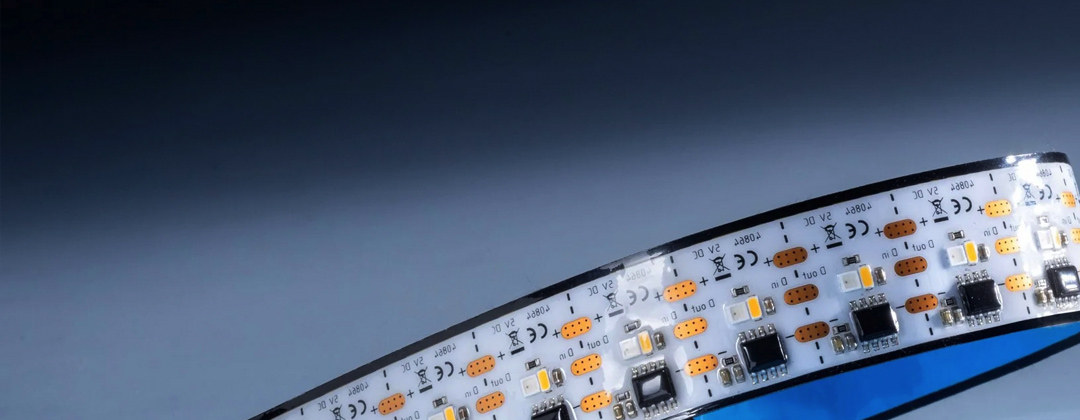Ledrise and our digital partners use cookies on this site. They are used to run the site, for measuring how it is used, to enable personalization, for advertising marketing and social media. To comply with the e-Privacy directive, we need to ask for your consent to use the cookies. Learn more
Our Professional LED strips & modules
LED Strips & Modules Made In Germany with Nichia, Cree, Samsung or Seoul LEDs
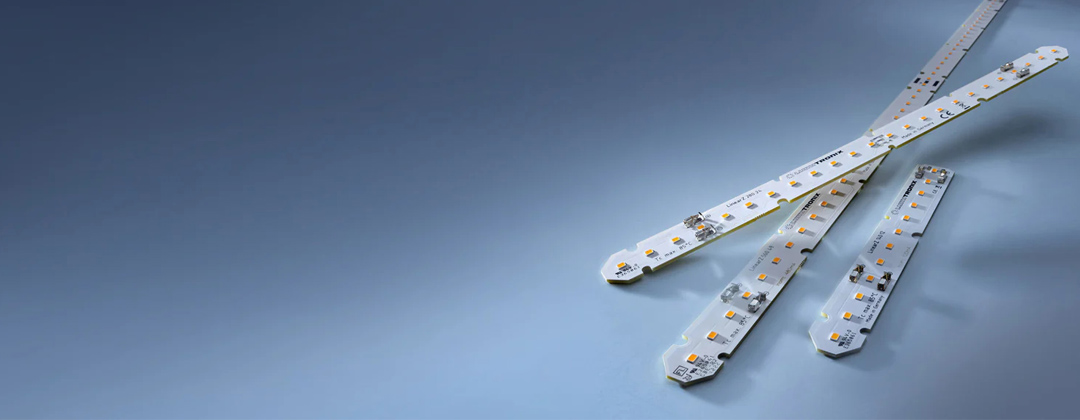


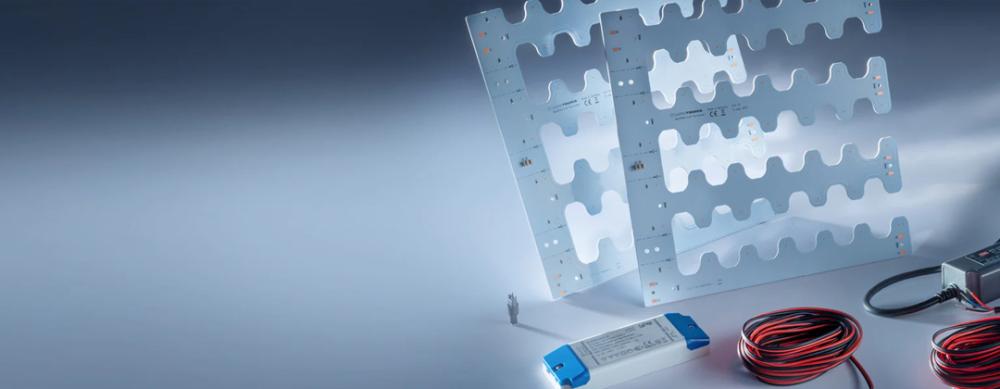

Made-in Germany LED strips with top performance and very long life.
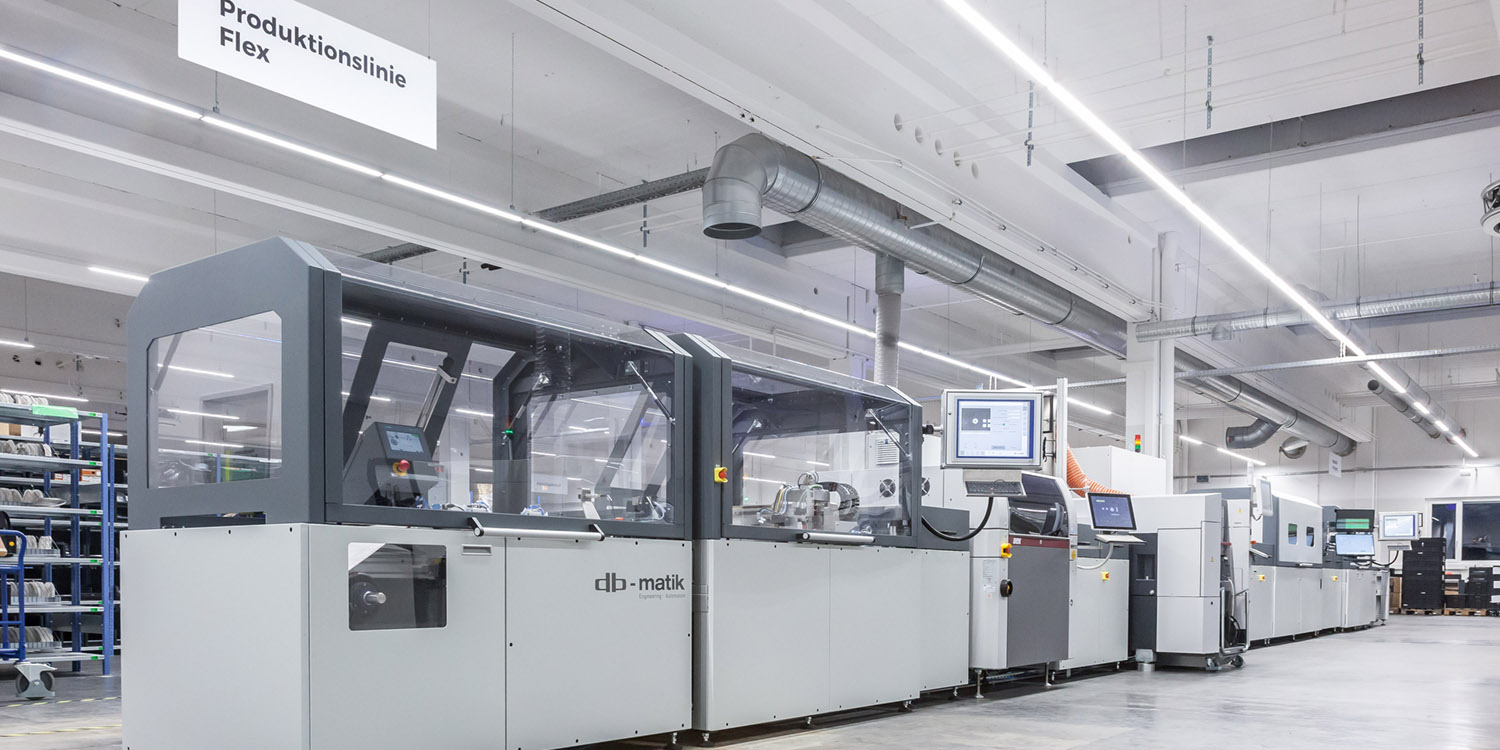
We develop and produce our LED strips at a state-of-the-art facility in Germany, with the highest quality standards and by using only LEDs from market leaders such as Nichia, Samsung or Toshiba.
- Nichia is the LED market leader, with over 25% market share and decades of experience. Nichia researchers invented the blue and white LED production technology, also receiving the Nobel Prize for this achievement. Nichia LEDs are the most efficient (200 lm / w efficacy), durable (> 100,000 hours) and are also available with unique technologies such as Optisolis, CRI98+ natural light spectrum and Rsp0a, special white light for horticulture.
- Samsung is in the top 10 of global LED manufacturers and a well-known brand, renowned for the high performance of its products combined with the competitive price
- Toshiba is a Japanese conglomerate with a history of more than a century, now specialized in semiconductors, electronics and hardware, with nearly 20,000 employees and an annual turnover of 40 billion USD. Toshiba has built the TRI-R technology and built the LED chips used in SunLike CRI97+ LEDs produced by Seoul Semiconductor in South Korea. With the new SunLike™ TRI-R™ technology from Toshiba-SSC (Seoul Semiconductor) and our strips and modules you can always enjoy a natural light source with the light spectrum very close to the sun.
We are a specialist in high performance LED strips and modules. As part of the early success of LEDs we have extensive application knowledge from a wide range of sectors. Since 2010, we have developed and produced our LED strips in a state-of-the-art production facility in Germany. Our strips have been used successfully in a wide range of application and developed specifically to meet customer specifications in Europe, Asia or America.
The difference between the quality and performance of our professional LED strips and low budget LEDs strip is evident from the first power on, and in time the gap increases even more.
Our strips and modules:
- Use LEDs from top brands
- Match Perfectly in real-world applications the performance values in their datasheet
- Have 100,000 hours lifetime
- Function perfectly at high temperatures that would destroy many other LEDs
- The LEDs used have 10.000 hours lifetime L80, TM21 tests
- Come with a 7 year warrantu
- Have the best luminous efficacy, including at high temperature
- Can have a luminous flux up to 8000lm or the heighst CRI on the market CRI98+
- Use professional grade PCB for best resistance, current flow and heat transfer








